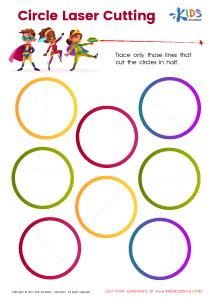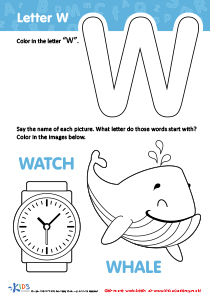Phonics Skills Normal Grade 2 Letter Recognition Worksheets
3 filtered results
-
From - To
Enhance your child's reading abilities with our "Phonics Skills Normal Grade 2 Letter Recognition Worksheets." These expertly crafted worksheets are designed to help second graders build a solid foundation in phonics through engaging and fun activities. With a focus on letter recognition, our materials support young learners in identifying, pronouncing, and understanding the sounds of letters. Perfect for classroom or home use, these printable worksheets make learning both enjoyable and effective. Boost your student's confidence and skills in reading with our high-quality phonics resources designed to meet the educational needs of second graders.
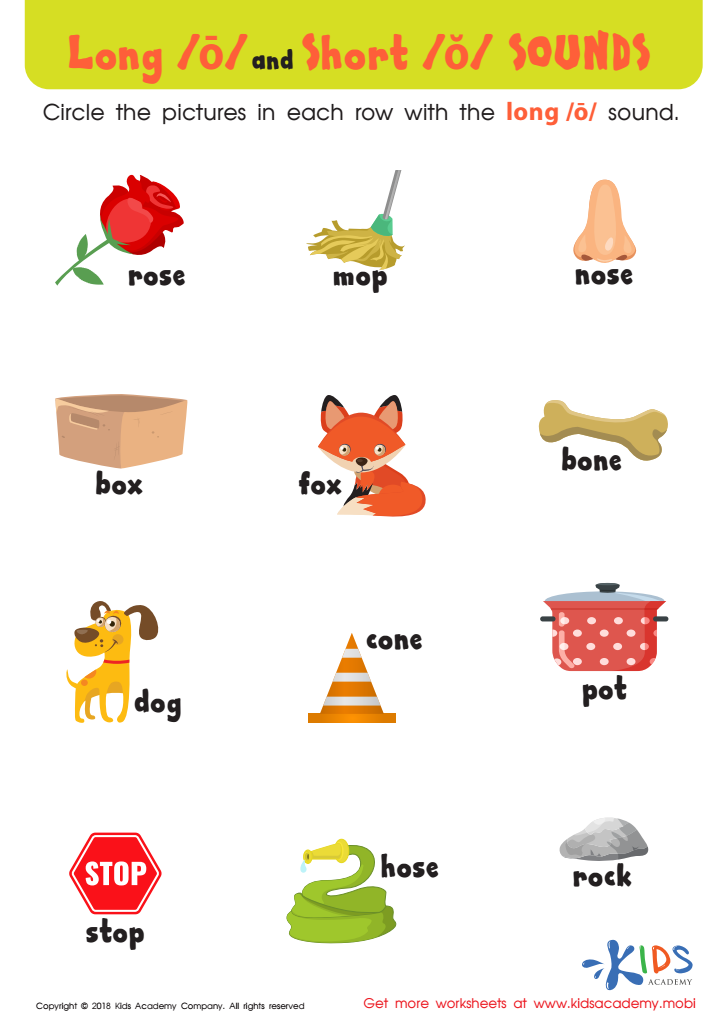

Reading: Long O and Short O Sounds Worksheet
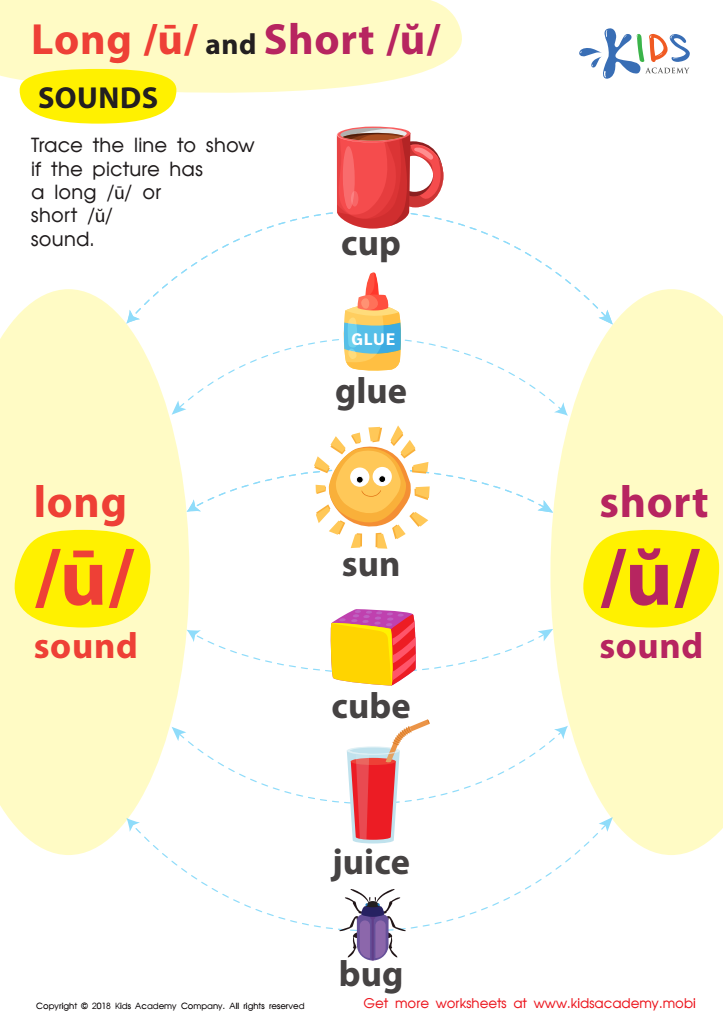

Reading: Long U and Short U Sounds Worksheet
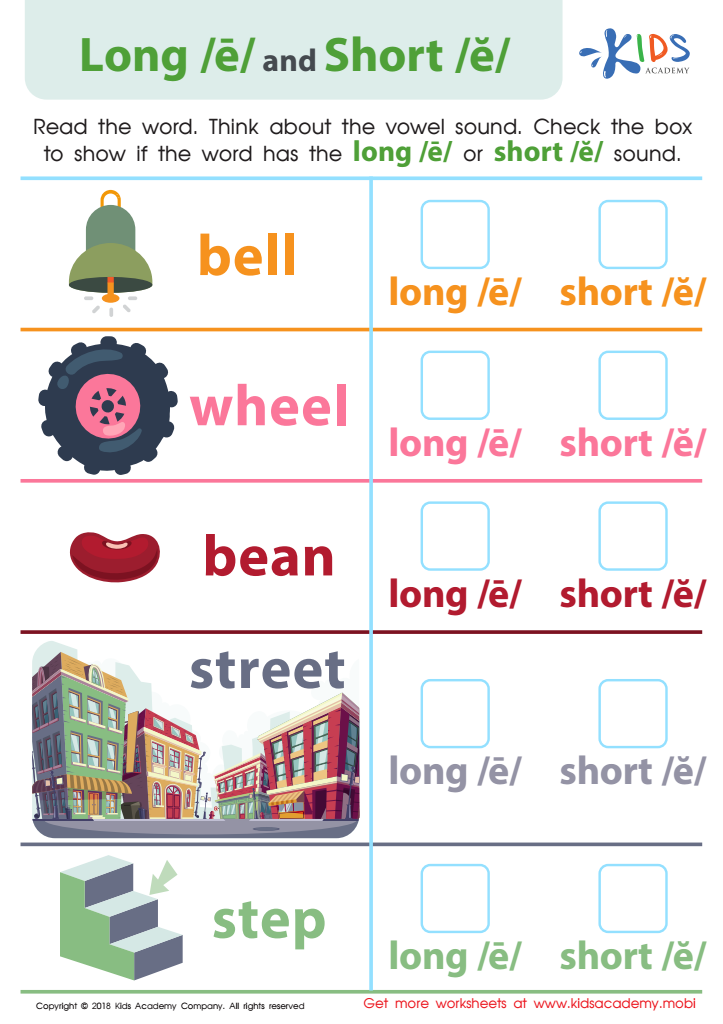

Reading: Long E and Short E Worksheet
Phonics skills and letter recognition in Grade 2 are critical foundational elements for literacy development. Parents and teachers should prioritize this because it directly impacts a child's ability to read fluently and comprehend text, which are essential for academic success and lifelong learning. At this age, students transition from 'learning to read' to 'reading to learn.' Proficient letter recognition helps them understand the relationship between sounds and letters, enabling them to decode new words more efficiently.
Strengthening these skills also boosts confidence in young readers. When children can recognize letters and their associated sounds, they experience less frustration and are more likely to engage with reading materials willingly. This can foster a love for reading, opening doors to a wealth of information and imagination.
Furthermore, early difficulties in phonics and letter recognition can lead to ongoing academic struggles. When students lag in these areas, they may fall behind in more advanced subjects where reading is crucial. Parents and teachers who focus on enhancing these abilities can help bridge potential gaps, providing more equitable learning opportunities.
Investing time and resources in robust phonics and letter recognition programs lays a solid foundation, supporting future reading proficiency, academic achievement, and ultimately, students’ confidence and competence in broader educational endeavors.
 Assign to My Students
Assign to My Students




